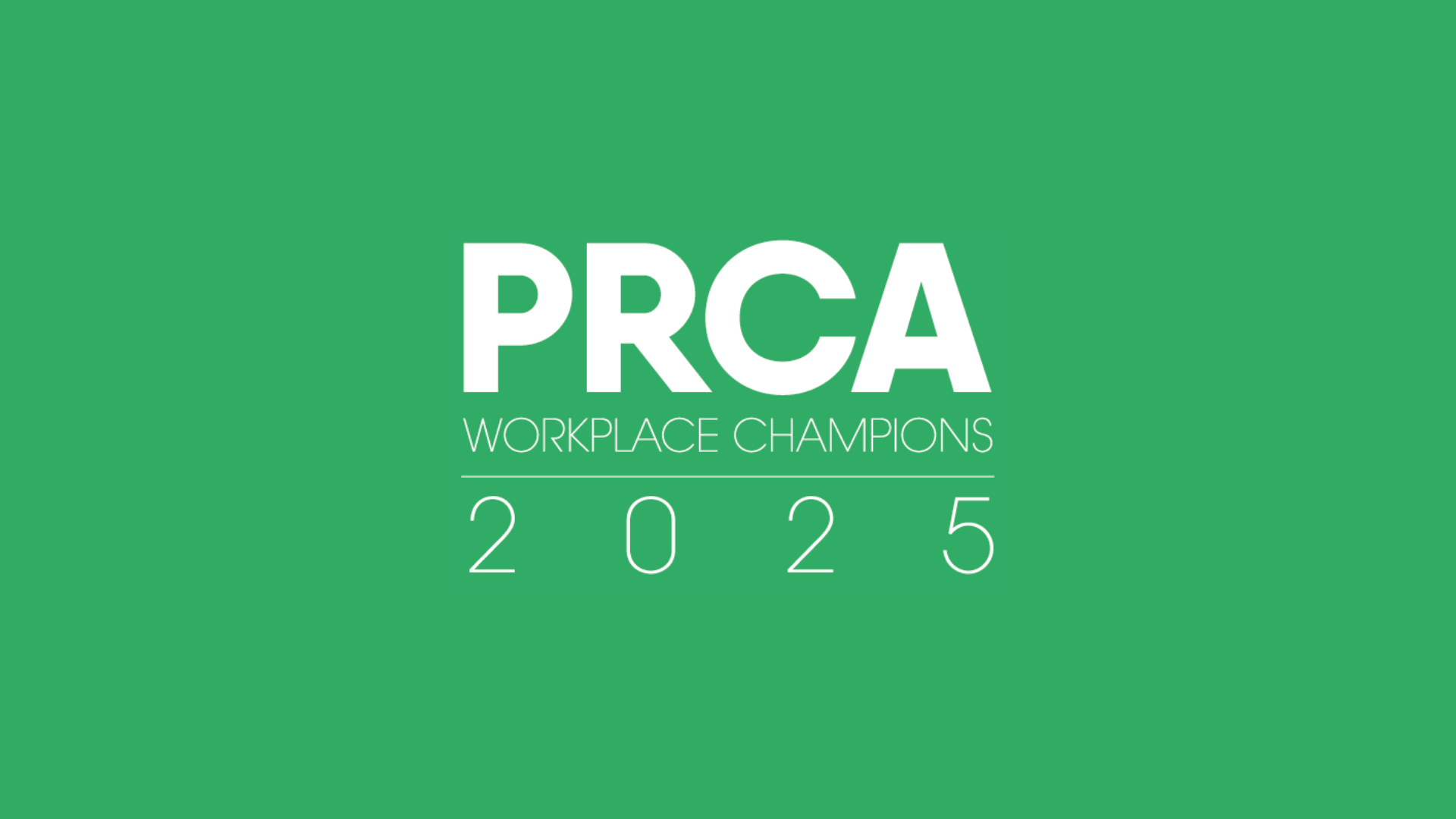What’s that old saying? That the very definition of insanity is to repeat the same behaviour over and over, expecting different results?
Don’t just use the same old tired ‘credentials’ PowerPoint for analyst briefings. You need a specific, tailored presentation, particularly if you haven’t spoken to technology analysts, or done Analyst Relations at all.
Here are some helpful hints and quick tips to help you create killer presentations that industry analysts will love:
Slides 1-2: What is the problem you are uniquely placed to solve and why is it interesting to analysts?
If you can’t explain the problem you (as a vendor or provider) solve, in one or two key slides that elucidate the issue to an analyst, then perhaps the problem is just not that compelling.
A common mistake of many marketers is over-hyping the problem they solve, rather than clarifying it. Trust me, a good analyst knows the ecosystem. Your spokespeople don’t need to pile on statistics and market trends to convince her of what your company is setting out to do, unless it is right at the bleeding edge (and it probably isn’t).
On your very first slide, you need to articulate the problem, and indicate the scope, to get the analyst interested. Tall order, but it can be done.
Both slides should have well-organised content, be visually interesting, with a tightly-hewed message (one usually closely aligned to your sales value proposition). At this point, the analyst should know what the problem is that you are trying to tackle and his/her interest, hopefully, is heightened because of the way you described the problem. Now, onto the next step…
Slide 3: How does your company solve the problems you’ve laid out? In this section, you should cover these basics:
- Your value proposition,
- a description of your technology, and
- some sample use-cases (or customer applications if you offer services, rather than solutions).
As you develop content for this section, it’s so important to keep one thing in mind: your aim should be to describe how the solution helps to solve the customers’ problems, not how awesome your product is, or will be if you are pre-launch. There is a subtle but important difference here.
Many companies fail to offer really meaningful, compelling examples. But once you can, your presentation or demo will be on a different level.
(Also: be prepared to engage in an active discussion at this phase of the presentation. And the most important advice we can offer here: Encourage the analyst to ask as many questions as he/she cares to. And leave enough time for a Q&A at the end)
Slides 4, 5 & 6: Why are you uniquely qualified to solve this problem?
Here you need to highlight your fundamental strengths as a business: what you are doing that your competitors are not, or are not capable of, doing.
This is often the most contentious part of any analyst discussion. Your best bet is to focus on your strengths, rather than the competitor’s weaknesses. If the analyst is good, he or she will be naturally suspicious if you talk down your competitors too much. A couple of things to keep in mind when you articulate your competitive strengths:
- Be proud of your technology: Does it show, in your presentation text, in the way your content flows, and in the way you talk, that you are proud of what you will present? Do you believe in your technology? Pride can be infectious and set the tone for your entire presentation.
- Articulate your proof points with facts, not claims; statements such as: “Because we already have function A and function B, we are in a good position to provide deep integration from these two vantage points” will be well received. In contrast, statements like “no one else can do this because we are the number one vendor in the market” will go over fairly badly.
Slide 7: Showcase only the most interesting customer deployments
A few analyst firms really cover emerging technology. The 451 Group, for example, is more open than most to speaking to ‘pre-customer’ vendors. However when you engage in analyst relations, the interest is generally around the difference you’re making for customers. The quality of your slides doesn’t matter as much, even if they’re really good!
They do not have to be named customers, but it’s highly desirable to ground the discussion with one or two interesting customer use cases. It’s even more interesting to describe specific outputs or deployment scenarios with aplomb, e.g. how you scaled, handled complexity, or problems which naturally arise.
Slides 8-9 (but really, isn’t 8 enough for an introductory call?): Forward-looking road-map & key takeaways
Think about what you want the analyst to remember, even if she doesn’t remember anything else from the presentation. Focus on that as your take-way slide, similarly to how you prepare your key messages for a sales meeting. Make sure the final slide is simple, direct, and impactful.
Most analysts will ask for a copy of your deck. So make sure it’s able to stand alone when they share it with colleagues or go back to it a few months later in response to a buyer query.
Finally, some do’s and don’ts as you look over your existing sales collateral before presenting it to analysts.
Do’s in analyst presentations:
DO: Reiterate your key messages in several different, insightful ways.
DO: Let the analyst interrupt. They may offer up a real gem in terms of go-to-market positioning.
DO: Leave time for feedback. It’s a critical part of the value exchange.
DO: Make your presentation about the analyst’s coverage areas. If that analyst briefs CIOs, then why is your presentation speaking to the CMO? Fix it before you present.
Don’ts in analyst presentations:
DON’T: Meander during your presentation. Keep it simple and stick to the point
DON’T: Try to introduce too many proof points, 3-4 should be plenty
DON’T: Mention older customer deployments, ideally only 8-12 months old
DON’T: Forget to ask the analyst questions yourself. Always do this, but especially ask if your content is resonating, or is there something else you’re missing?
You’d be surprised at how much they give you back.
Postscript. Our eternal gratitude goes to IDC vice-president Chris Barnard, ex-Forrester vice-president Chenxi Wang, Ph.D. and Suzannah Archibald. Their writings and input were invaluable to this post.














